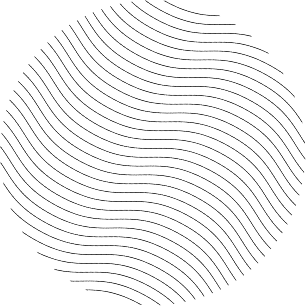Biography
Sivaraj Ramaseshan, Indian physicist (Calcutta 10 December 1923 – Bangalore 29 December 2003)
Relative of Nobel prize winners being nephew of physicist C.V. Raman and cousin of astrophysicist Subramanyan Chandrasekhar
Performed studies on optics, magnetooptics, solid state physics and crystallography
Authored 178 papers
With K. Venkatesanm & N.V. Mani proposed a novel method for determining the phase angles without ambiguity in non-centro-symmetric crystals that formed the basis of the Multiple Anomalous Dispersion (MAD) in 1957
First to solve the structure of centrosymmetric crystals
Established the multiwave anomalous x-ray scattering method for the determination of phases of reflection
Proposed the use of anomalous neutron scattering for resolving very large structures
Showed theoretically that anomalous scattering of neutrons can yield information on the polarization vectors of lattice waves and described detailed experimental procedures for their determination in centro- and non-centrosymmetric crystals
Recognized the possibility of using anomalous scattering of x-rays coupled with multiple wavelength method to obtain the structure of amorphous or liquid binary systems
Showed that the resistivity anomaly in liquid caesium is due to anomalous electron scattering during the Fermi 6s-5d electron collapse
Formulated and verified laws governing cleavages in crystals
Discovered icosahedral coordination in ionic solids
Developed new techniques for low-temperature crystallography
Predicted pressure-induced optical activity
Predicted and verified the existence of pressure-induced liquid crystallinity
Determined the critical point in solid-solid isostructural transformation of SmS
Developed instrumentation for high and low temperature x-ray crystallography


